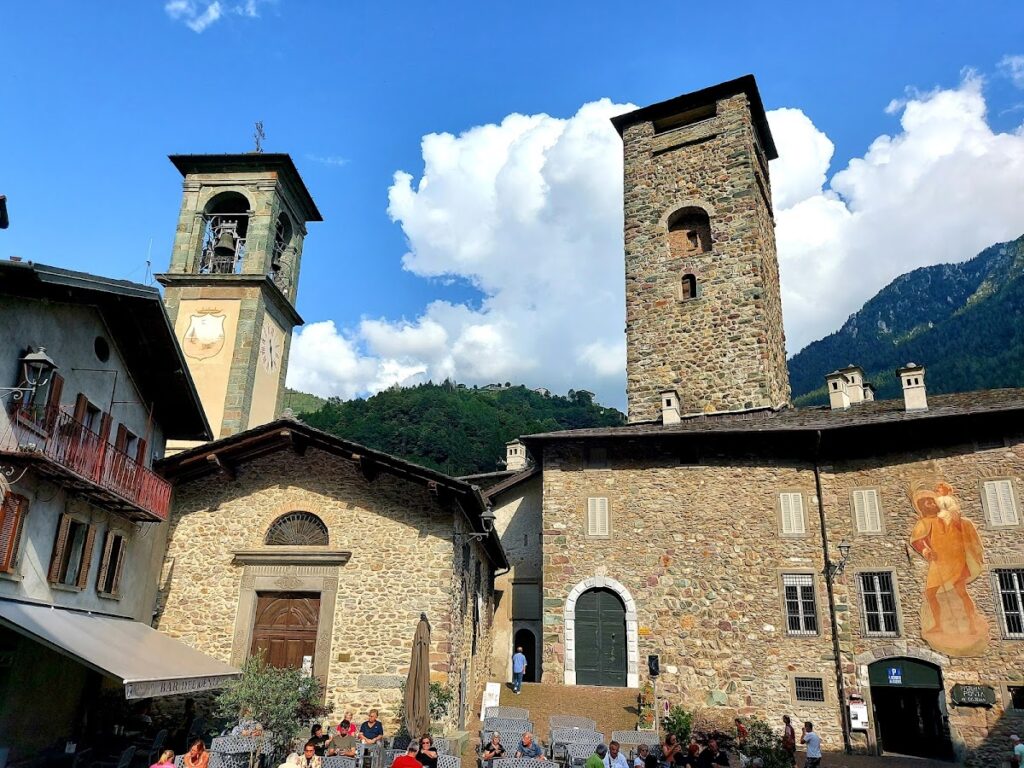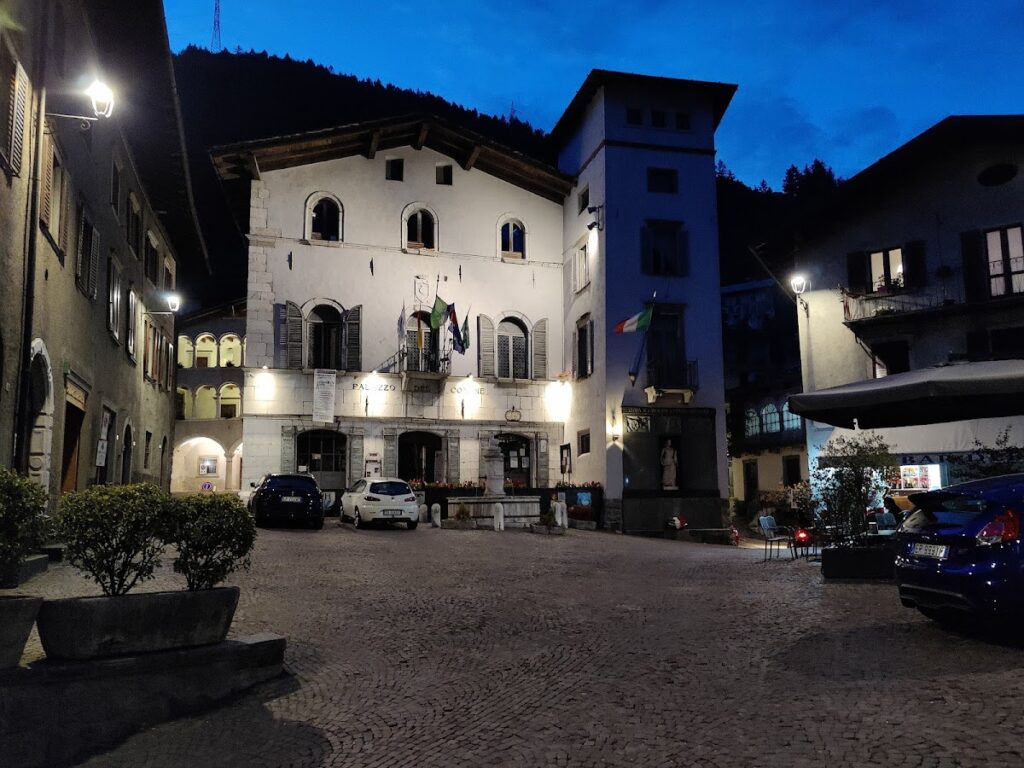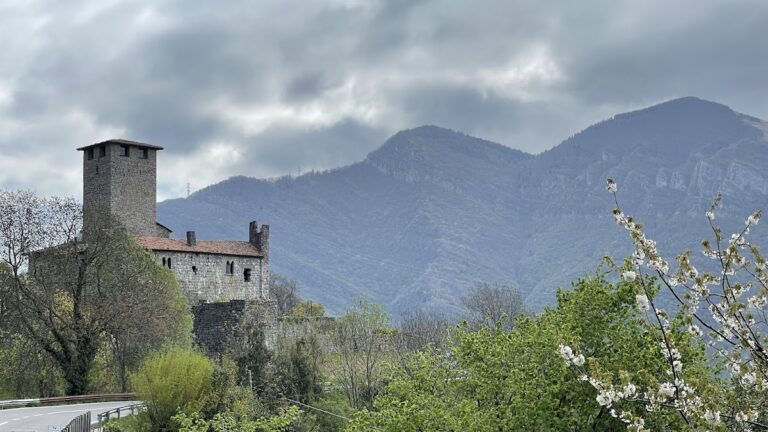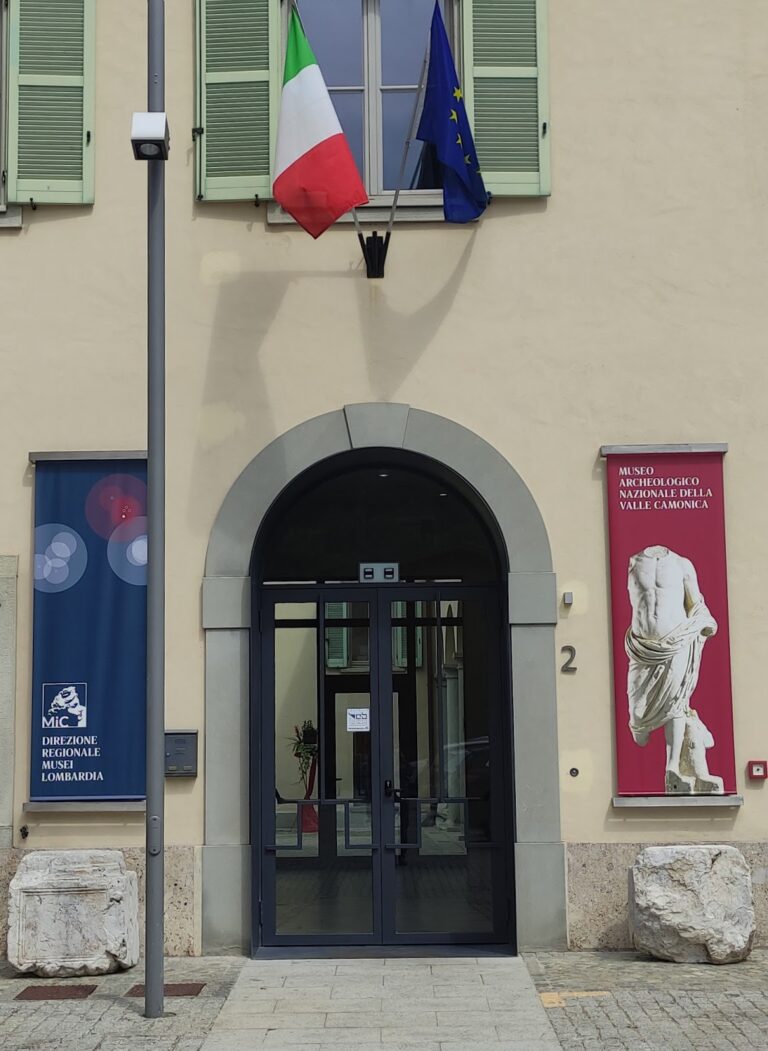Castello Ginami-Buccelleni: A Medieval Castle in Gromo, Italy
Visitor Information
Google Rating: 4.4
Popularity: Low
Google Maps: View on Google Maps
Country: Italy
Civilization: Unclassified
Remains: Military
History
The Castello Ginami-Buccelleni is located in the town of Gromo in northern Italy. It was constructed in the 13th century by the Buccelleni family, a lineage from Bergamo known for their work as metalworkers and sword merchants. The castle occupies a strategic position within the ancient market square, now called Piazza Dante, reflecting its origin as a military stronghold during the medieval period.
The earliest parts of the castle, including its defensive tower and northern section, date back to around 1226. Built on a rocky outcrop, this site offered natural protection and controlled access to nearby valuable silver mines, which were essential to the local economy. The village’s name first appears in official records in the early 1200s, and the castle’s presence likely influenced the settlement’s growth and identity. Throughout the centuries, the castle was modified and expanded, with construction continuing until the 1600s.
During its early history, the castle functioned as a fortress safeguarding the silver mine and dominating the surrounding valley. It was naturally defended by steep terrain to the east and a valley to the west, with access controlled by a narrow drawbridge designed for strict military defense. This drawbridge was demolished in 1555 following Venetian rule, a political change that also prompted interior alterations to the tower, transforming it into a more domestic space to avoid its destruction.
By the 14th century, the Buccelleni family had extended their influence beyond the castle itself, owning nearby buildings such as the Church of San Gregorio and Palazzo Milesi. During this time, the castle accommodated various civic functions, including serving as an apothecary in 1498 and housing a notary office from 1501 until 1549. The family’s Guelph political allegiance and activities were closely tied to regional power dynamics, further embedding the castle within local society.
Ownership passed to the Ginami family in 1569, who later branched into the Ginami de Licini and Ginami del Castello lines. In the 19th century, through marriage, the Gelmini family took possession of the estate. The castle remained under private ownership until the late 20th century, when it was sold to the Diocese of Bergamo. Since 2013, the Gabbiadini family has held the property and undertaken structural restoration to preserve its integrity.
Several notable historical figures are linked to the castle, including Giorgio Del Zoppo, a Guelph refugee who became part of the Buccelleni family through marriage, and Anexina, known for founding a monastery in 1343. Over time, the castle and its owners played significant roles in shaping the political, economic, and religious life of Gromo and its surrounding region.
Remains
The Castello Ginami-Buccelleni presents as a robust building constructed from local gray stone blocks laid in a rusticated or bugnato style, characterized by roughly textured surfaces and pronounced edges. It rests on a rocky spur which enhances its natural defenses and elevates the castle above the town and valley below. The layout integrates a square-based tower, one of the oldest elements, dating to approximately 1226. This tower rises significantly above the rooftops, making it a visible landmark throughout the valley.
The western facade faces what is now Piazza Dante, previously the medieval market square. This side of the castle retains stone corner edges and visible traces of arched openings, evidence of several phases of structural change over the centuries. An extensive fresco of Saint Christopher carrying the Child, painted in 1952 by Giovanni Sirtoli based on a design by Luigi Angelini, partially covers this facade. The mural was created to conceal damage while adding a religious and protective image to the building.
On the eastern side, the castle consists of two parallel and separate sections originally erected in 1492. These sections were entirely rebuilt in the early 20th century after part of the rocky spur collapsed during road construction. The reconstruction was completed in 1919, combining preservation with modern adaptation while maintaining the castle’s historic footprint.
The tower has seen few significant structural changes apart from the addition of a roof finished in 1933. Restoration work carried out in 1952 revealed the original masonry, showing large squared stone blocks carefully arranged in regular horizontal layers on the side facing the square, confirming the medieval origins of this portion.
Originally, the castle was surrounded by defensive walls and could only be accessed via a narrow drawbridge designed to allow passage for just one mounted rider at a time, emphasizing its military purpose. Venetian authorities ordered the removal of this drawbridge in 1555, and soon after, a spiral staircase was installed within the tower to provide internal access to six separate rooms. These changes gave the fortress the appearance of a civilian residence and reflected its transition away from purely military use.
The castle’s ground floor, initially intended for residential functions, was later adapted to accommodate commercial uses, including a restaurant and bar, demonstrating its evolving role within the community. Its close spatial and historical relationship with nearby significant buildings—such as the Church of San Gregorio and Palazzo Milesi, both owned by the Buccelleni family—illustrates the castle’s central role in the social and architectural fabric of Gromo.










